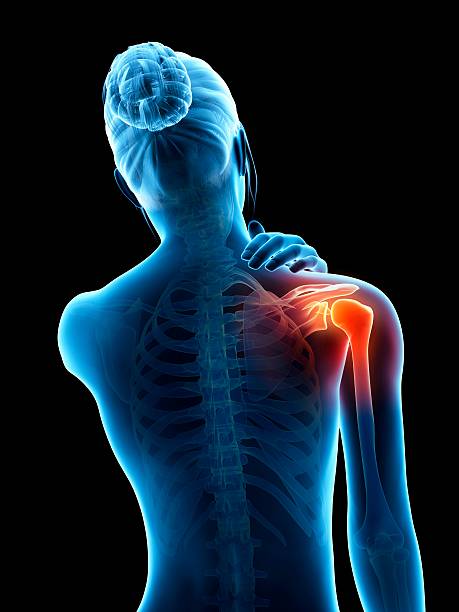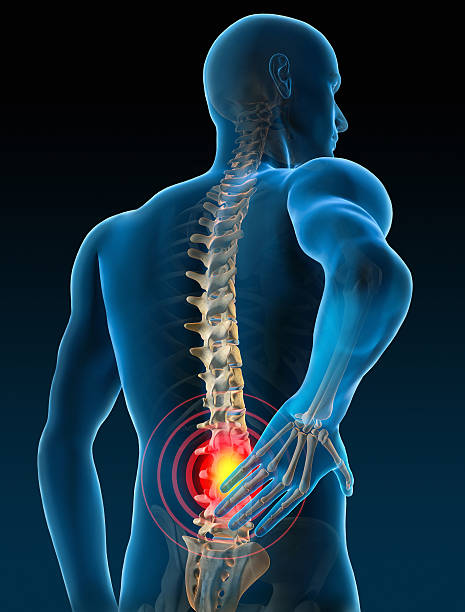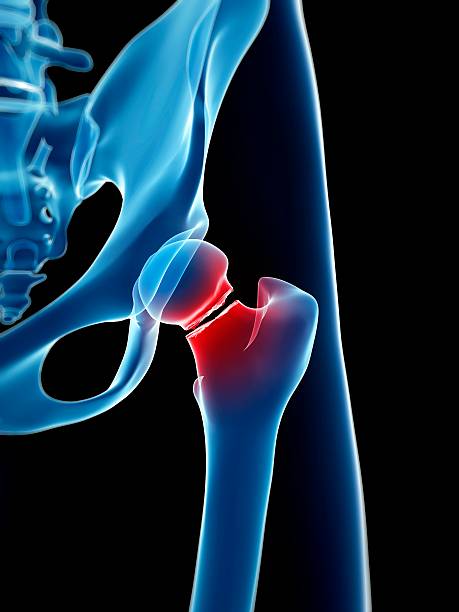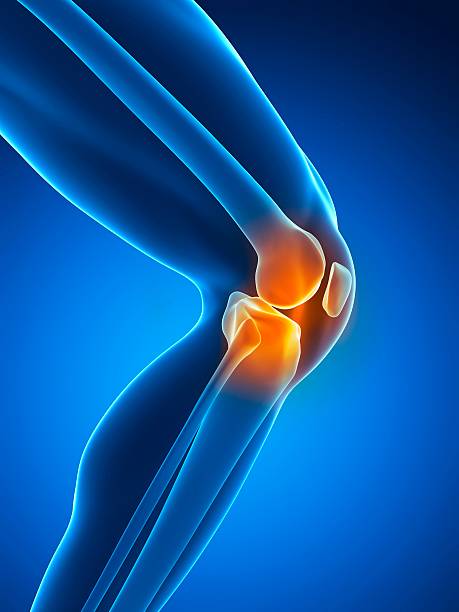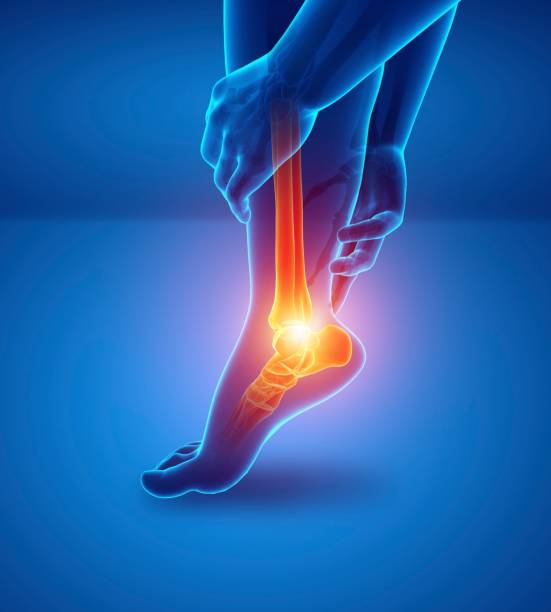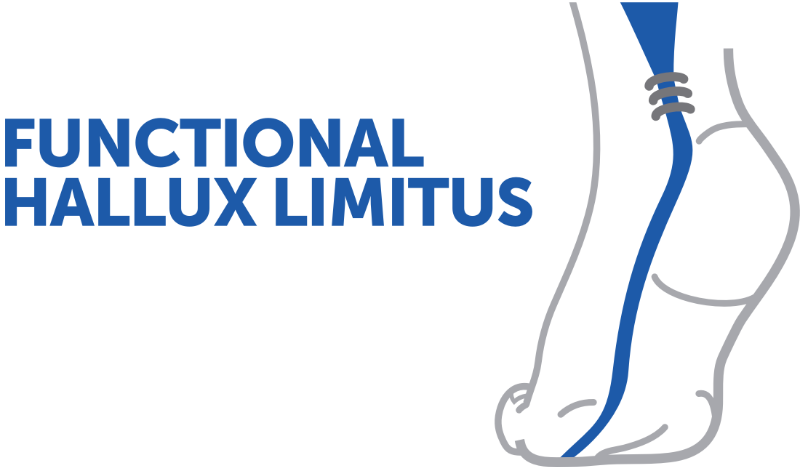Understanding knee pain: a clinical and biomechanical approach
In this presentation, Dr. Vallotton outlines a comprehensive clinical approach to diagnosing knee pain, emphasizing postural analysis, biomechanics, and gait. Particular attention is paid to patellar pain and its functional origin. A comprehensive and dynamic approach is essential.
Doctors
Topics
Treatments
Advice
- Dr Jacques Vallotton
- Functional anatomy of the knee
- Types of pain and possible causes
- Clinical analysis
- Specific tests
- Biomechanical approach
- Functional rehabilitation
- Complete clinical assessment
- analyze the movement
- explore the posture
- specific tests
- evaluate rotations
- take into account the hip and foot
Information
Video type:
Anatomy:
Surgery:
Knee pain: think globally before targeting locally
The knee concentrates stress between the foot and the hip. Anterior or lateral pain frequently results from an imbalance of the entire lower limb rather than an isolated injury.
The anamnesis specifies the context of the effort, the sloping terrain, the stairs and the presence of a jump or a sensation of slipping.
Patellar syndrome: from posture to kinematics
Patellofemoral instability is expressed by apprehension when bending, pain when going up/down stairs and sometimes blocking.
Contributing factors include dynamic valgus, insufficient pelvic-femoral control and plantar support defects.
Patellar syndrome is the expression of a global dysfunction of the lower limb.
Clinical examination: alignments and rotations
The assessment looks for a hip rotation deficit, hyperpronation, recurvatum or an X-shaped morphotype. Analysis of gait and jumps complements the static examination to objectify the painful mechanisms.
Rehabilitation and motor retraining
Treatment focuses on strengthening the quadriceps (with emphasis on the vastus medialis), lumbopelvic stability, and correcting support. Progression is pain-sensitive, initially focusing on closed chains, followed by controlled plyometric work if necessary.
The knee does not compensate for rotation, it suffers.
Technical aids and activity adaptation
Taping, foot orthoses, and shoe adjustments can reduce patellofemoral stress. The increase in weight is carried out on flat ground before resuming elevation changes and jumps.
When to explore further
If symptoms persist, imaging looks for dysplasia, malrotation, or cartilage lesions. The decision to perform surgery remains rare and is discussed after failure of a well-conducted conservative protocol.
Pathologies treated at the center
Hallux Limitus
Functional
Your pain has a cause.The balance sheet allows us to understand it.
- Gait analysis
- Posture Assessment
- Guidance on the right treatment
- Study of plantar supports and supports
- Detection of compensations
- Pain–movement correlation
The functional assessment allows us to understand how a joint or postural imbalance can trigger or perpetuate pain. Very often, imaging is normal, but movement is disturbed. By analyzing gait, weight-bearing patterns, or posture, we identify the weak links in the chain and guide targeted treatment adapted to the patient's actual mechanics.


